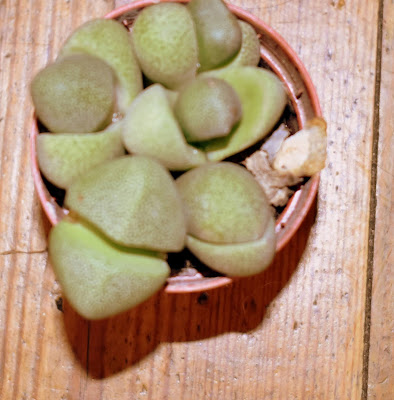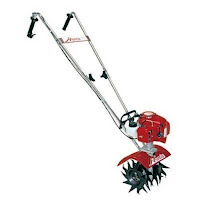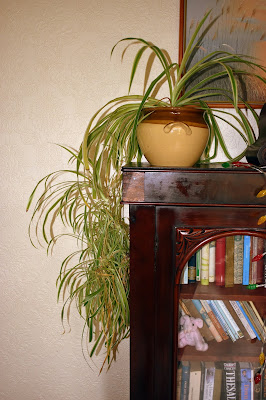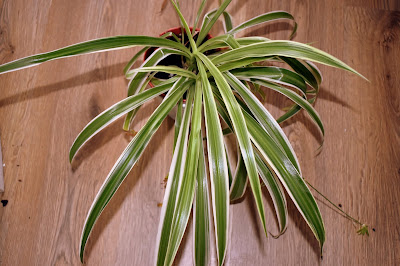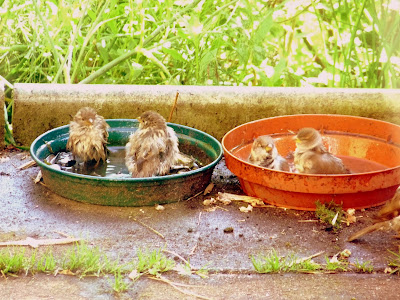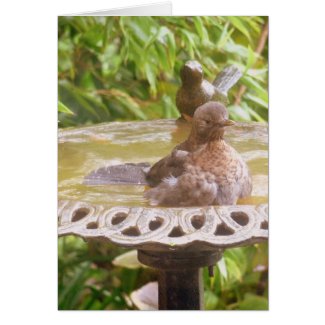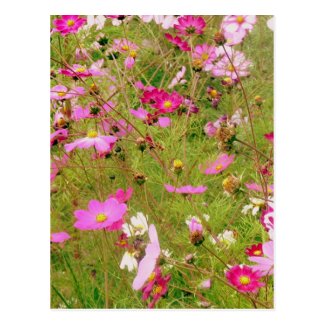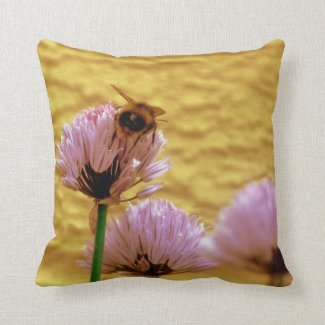Perhaps you want to grow your own food but are afraid and have no clue where to begin. Or maybe you can relate to me, having had some experience and success growing literally a couple of vegetables over the decades but far more familiar with wasted time, money, and failed gardening attempts. If you would like to grow your own vegetable garden with confidence, The First Time Gardener Growing Vegetables: All the Know-How and Encouragement You need to Grow and Fall in Love with Your Brand New Food Garden by Jessica Sowards is an excellent investment.
 |
| The First Time Gardener - Growing Vegetables |
With the purchase of my land, construction of my home, and dreams of having a successful vegetable garden, I am familiar with Jessica Sowards of Roots and Refuge Farm fame through her youtube channel. I spend nearly all of my indoor free time watching videos about gardening and homesteading and her channel has been one that I have learned a good deal from. Her love of gardening is contagious and she is a wealth of vegetable knowledge. When she announced that she had written a book I knew I had to buy it.
The First Time Gardener Growing Vegetables: All the Know-How and Encouragement You need to Grow and Fall in Love with Your Brand New Food Garden
This 176 page book is written by Jessica Sowards with photographs by Makenzie Evans Photography. It is part gardening guide, part inspirational prose, and part coffee table visual feast. This book is not an in-depth, encyclopedia of plant names, varieties, and specific growing details of each plant. It is summarized bits of encouraging information.
The Chapters include:
- Welcome to the Classroom
- The Foundation - What Every Gardener Needs to Succeed
- Creating Your Garden
- Growing with the Seasons
- The Needs for Seed... or Not
- Grow Something Lovely - Designing a Captivating Space
- The Nitty-Gritty of Garden Management
- Making the Harvest
- Conclusion - Grow on, Gardener
 |
| aka "fertilizers" - I've only recently learned about coconut coir |
 |
| a list of some of the best food plants for container gardening |
More About Why I Chose This Book
I currently live in a metro area apartment. I have successfully grown some tomatoes (and a small handful of tiny potatoes) on my south-facing balcony. But I haven't tried to grow a garden in the ground for some years (oh my gosh, decades! My how time flies!). With my planned move to four acres, I am dreaming of having a garden with a variety of vegetables that I will be able to eat fresh or can for later. While I am excited about my plans, I am also afraid.
I am afraid of more plant failure. Over my lifetime, I have made many attempts to grow plants: houseplants, vegetables, berries, fruit trees... and I have failed massively. I have wasted so much time, energy, and money only to end up with seedlings that die, plants purchased from a store that I kill, and a variety of plants that never grow anything edible.
I am also overwhelmed by feeling as though there is so much information to remember; when to plant, what to use for fertilizer, when to harvest, and so on. While everything is available on the internet, I want to make sure to have some good reference books in my home. I do not have reliable connectivity on top of the mountain ridge. There will be many times that I will not be able to look up things on the internet. Also, with this book it will be quicker to flip open to a list or a quick reminder.
Last year I impulsively bought a couple of zucchini and cabbage starts from a roadside stand and planted them in my flower garden. Even though I only sporadically visited my land and did not provide care for those plants, several zucchini grew and I was able to make my own zucchini bread. With a little guidance and support from Jessica's book I should be able to have even more success this coming year.
Related Links:
Make sure you check out the Review This! Gardening tab to see the other posts by our contributors. Our group includes some very talented gardeners. Click this link or the gardening tab at the top of this page and scroll down to see previous gardening posts.
To read more about my land and future homestead please visit my personal blog or take a peek at the video of my house under construction. But be advised, I am not a "youtuber". But with a peek at the videos or blog post it will be easy to see why I will do much of my gardening in containers or raised beds. And that I will need all of the guidance I can get.
I mentioned Jessica's youtube channel. If you love to watch gardening videos and/or someone who finds quiet joy in gardening, be sure to check out Roots and Refuge.
To see what others are saying about The First Time Gardener Growing Vegetables: All the Know-How and Encouragement You need to Grow and Fall in Love with Your Brand New Food Garden be sure to check out the reviews on Amazon.



